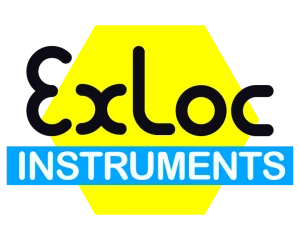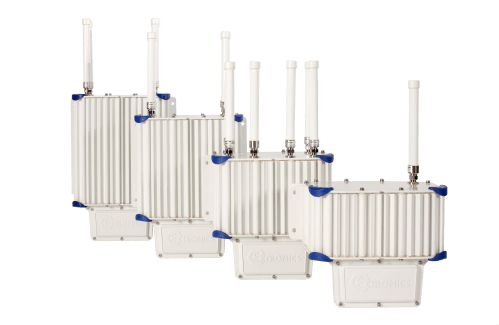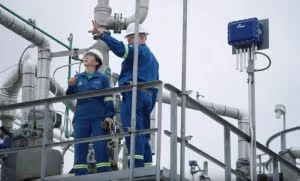HAZARDOUS AREA INSTRUMENTS
BACKED WITH INDUSTRY LEADING SERVICE AND SUPPORT
Download Product and Service Catalogs
Fill out your contact details and we will forward you to download our product brochures.



